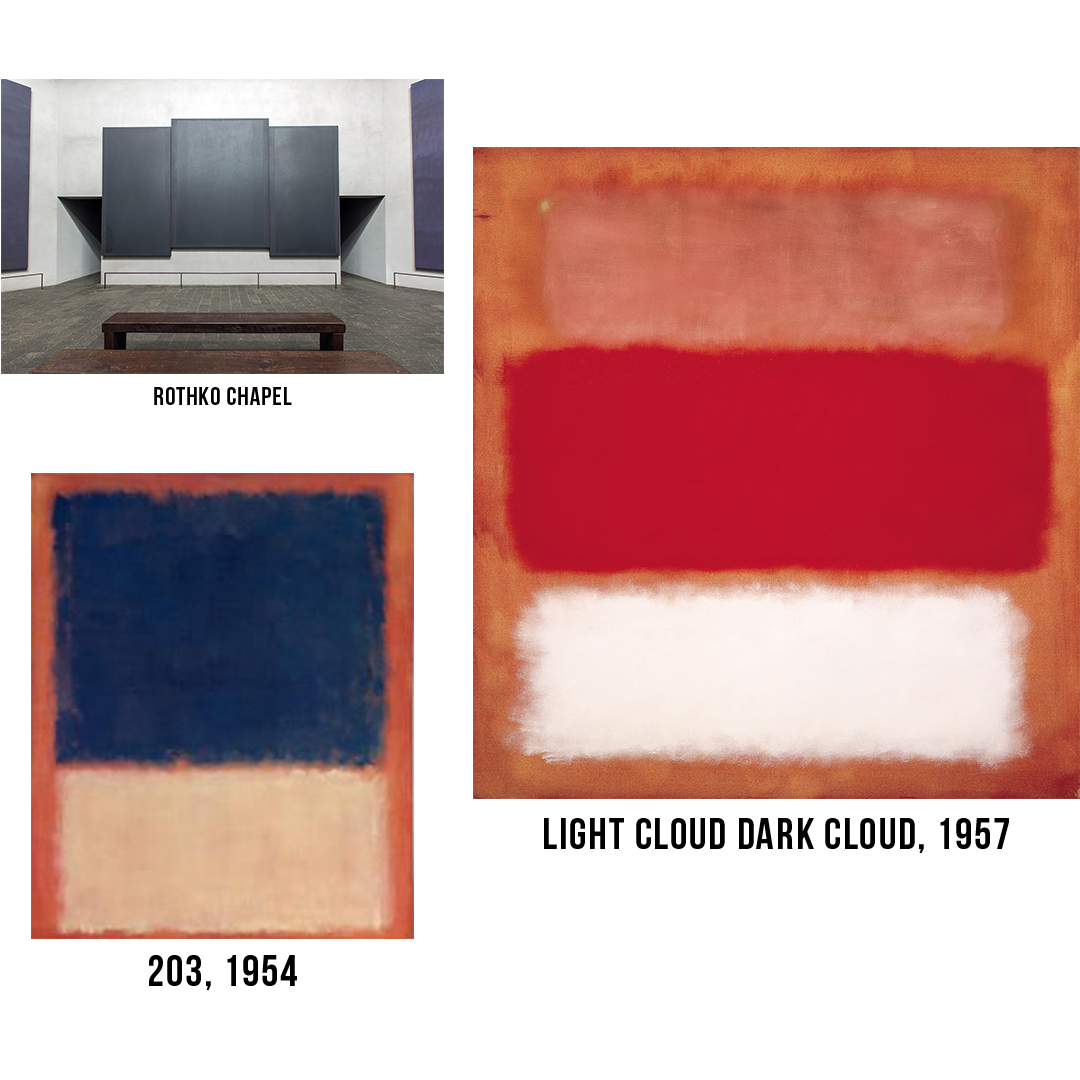It’s the dreaded “artist block.” It’s lack of inspiration, motivation, revelation, or whatever else you want to call it. I call it 2020. The year when everything turned into a dumpster fire, and I actually wound up with plenty of time on my hands to paint… and didn’t, not like I should have. Sure, I made a few things and painted a little here and there, but I didn’t really produce work, and I didn’t do anything with the work I did produce other than a few Instagram posts. My artist CV will just be skipping over 2020 like it never happened (Wouldn’t that be nice.) I sold less than 5 paintings all year, hardly enough to constitute a small business, and at this point it’s more of a stressful burden. It’s not just the painting, it’s the need to also focus on marketing, accounting, taxes, and trying not to completely abandon it all in the wake of a time-consuming (pre-covid, anyway) full time job.
Ten years of endless compliments mixed with lack of sales or interest (and losing hundreds of Instagram followers in 2020) just leads me to paint smaller, be cheaper, and try harder to make better paintings, to the point where I lower prices too far, second guess everything I make, and come to the conclusion that everything looks awful and I must be incapable of selling anything. If a normal post gets a good amount of interaction and likes, a post that mentions it’s for sale, or that something is on sale gets crickets. That frustration just makes the studio pile up in not-quite-finished paintings and projects and fewer and fewer attempts at marketing myself. As an artist, you forget the pieces that you do sell, simply because they are gone, but you are constantly reminded of the number of paintings you don’t sell, because you are surrounded by these “failures” that have been sitting there for years. Why should I take the time to make my ideas come to life, when they will just sit on my shelf, possibly forever. It creates a level of resentment and hopelessness that makes it almost impossible to finish a piece and put it out there to be mostly ignored, but that’s probably just anxiety talking.
I wish this post had a solution to this problem, a “here’s how I got over the burnout” quick fix, an inspirational call to action to keep pushing through and the sales and commissions will come, or an exercise to help someone else just be content with creating and stop worrying about all the hassles that come with it. Maybe in a year or five, I can follow up with this post and see how everything worked out perfectly, or I’ll just become another person that used to paint but hasn’t had time or effort for it in years. I guess we will see, but meanwhile, I will just keep painting, and stressing, and praying.





